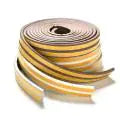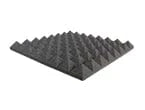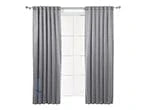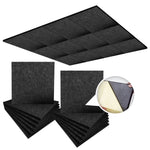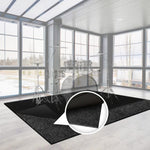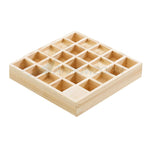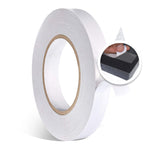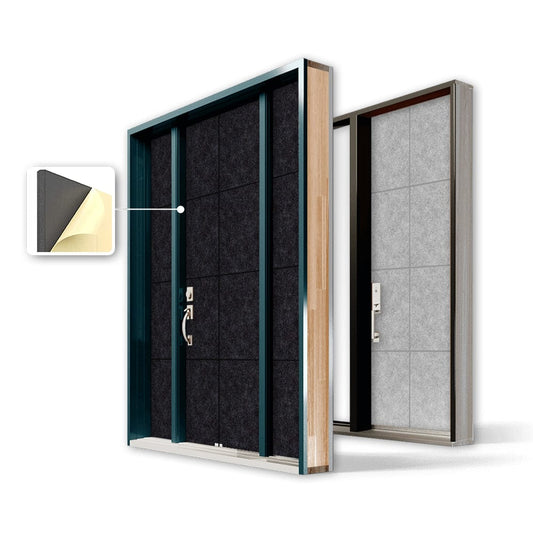Arrowzoom Acoustic Foam & Sound Absorption Panels
In the world of sound engineering and architectural design, acoustic foams play a crucial role in shaping the quality of sound within a space. Whether it's a recording studio, a home theater, or an office conference room, these foams are often strategically placed to absorb, diffuse, or block sound waves. But have you ever wondered how these seemingly simple materials actually work? Let's delve into the science behind acoustic foams and uncover the mechanisms that make them so effective.Understanding Sound Waves: Before we dive into the specifics of acoustic foams, let's first understand the nature of sound waves. Sound is essentially a series of vibrations that propagate through a medium, such as air, water, or solids. These vibrations create pressure variations that our ears interpret as sound.
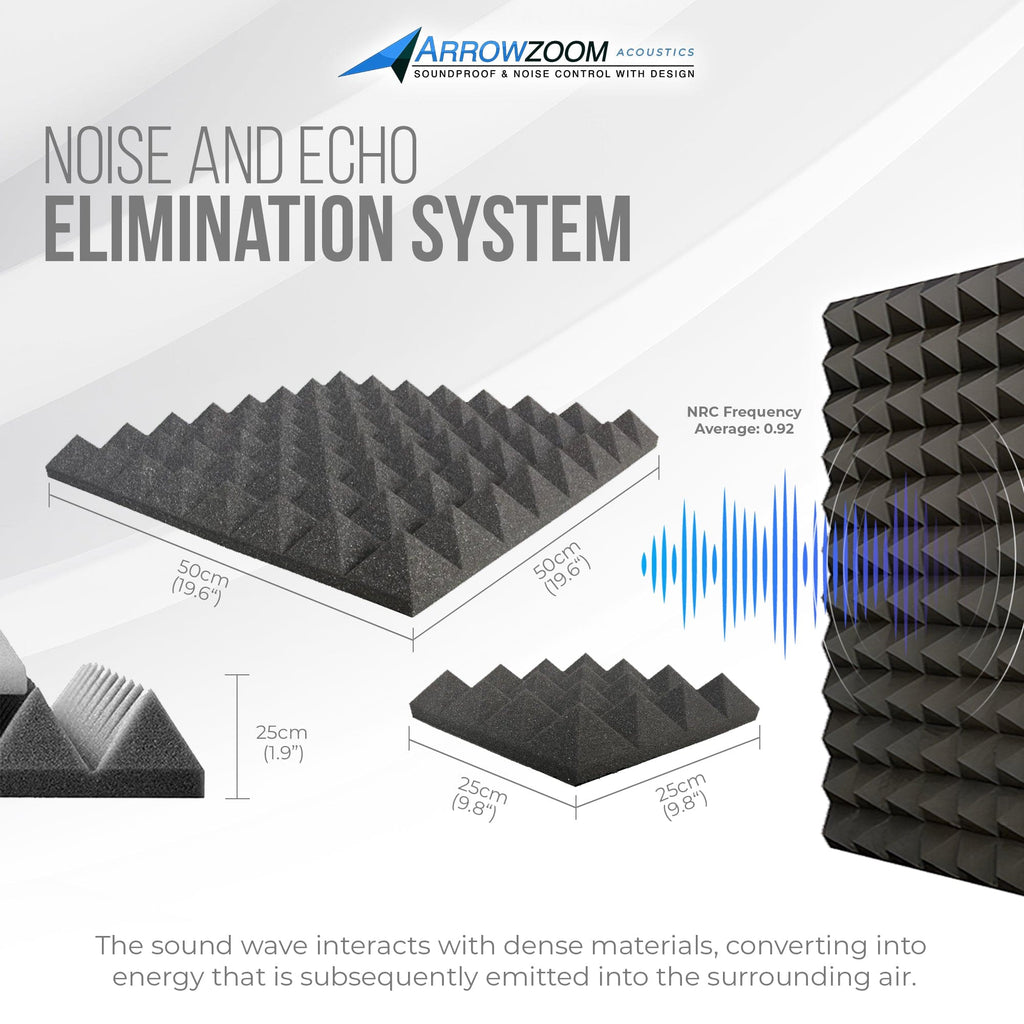
When sound waves encounter surfaces, they can be reflected, absorbed, or transmitted depending on the properties of the material and the frequency of the sound. This is where acoustic foams come into play, as they are designed to manipulate sound waves in various ways to achieve desired acoustic effects.
Absorption Mechanism: One of the primary functions of acoustic foams is sound absorption. This involves reducing the intensity of sound waves by converting their energy into heat within the material. But how exactly does this process occur?
Acoustic foams are typically made of porous materials, such as polyurethane foam or fiberglass, with open-cell structures. When sound waves encounter these porous surfaces, they enter the material and begin to travel through the labyrinth of interconnected air pockets.

As the sound waves travel through the foam, they encounter frictional resistance from the air molecules within the pores. This friction causes the kinetic energy of the sound waves to be converted into thermal energy, effectively reducing the amplitude of the waves. The greater the density and thickness of the foam, the more effective it is at absorbing sound across a wider range of frequencies.
Diffusion and Scattering: In addition to absorption, acoustic foams can also be designed to diffuse sound waves. Diffusion involves spreading sound energy evenly throughout a space, which helps eliminate echoes and reverberations. Acoustic panels with irregular shapes or surfaces are often used to achieve this effect.
When sound waves encounter a diffusive surface, such as a panel covered in pyramid-shaped foam, they are scattered in various directions rather than being reflected back in a concentrated manner. This scattering helps break up the coherence of sound waves, reducing the perception of echoes and creating a more balanced acoustic environment.
Blocking Transmission: Another important function of acoustic foams is to block the transmission of sound waves through walls, floors, and ceilings. This is particularly crucial in environments where privacy or sound isolation is essential, such as recording studios or office spaces.
Acoustic foams used for sound isolation are typically denser and thicker than those used for absorption or diffusion. They are engineered to minimize the transmission of sound energy by providing a barrier that impedes the passage of sound waves through the material.
Conclusion: Acoustic foams are indispensable tools in the field of acoustics, providing solutions for controlling sound quality and minimizing unwanted noise in various environments. By understanding the underlying science behind how these foams work, we can better appreciate their importance and effectiveness in creating optimal acoustic environments. Whether it's absorbing, diffusing, or blocking sound waves, acoustic foams continue to play a vital role in shaping the way we experience sound.



